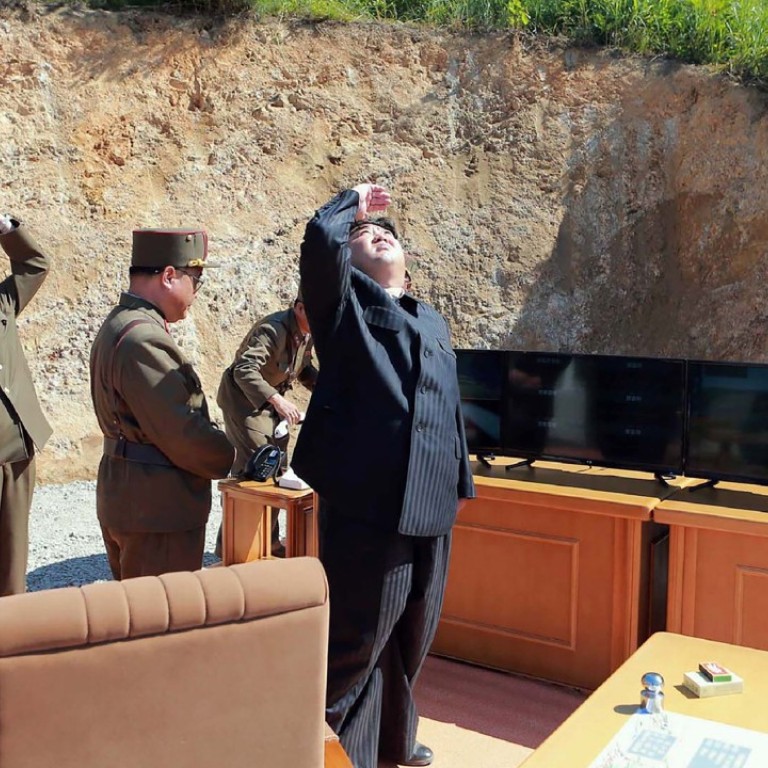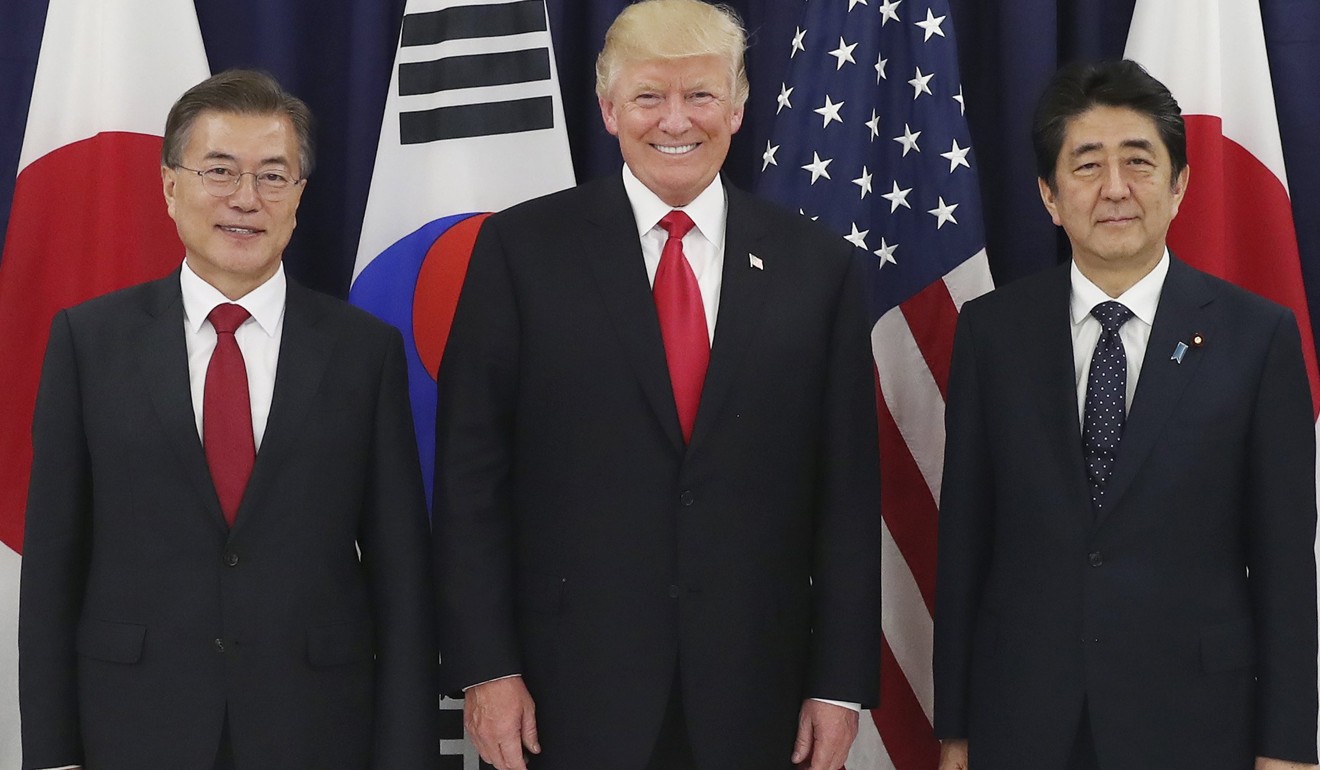
Three ways the US can prevent Kim Jong-un’s nuclear missiles from taking off
Douglas H. Paal says rebuilding its own missiles leverage, diplomatic outreach to Pyongyang, and covert and cyber threats to the regime would constitute a practical strategy for the US in tackling North Korea
All these ideas and more have a major element in common. They are pipe dreams, not strategies.
North Korea has no intention to give up its nuclear weapons and the means to deliver them, unless compelled to do so. China will not sacrifice its unpleasant neighbour for fear of losing its buffer against US influence moving right up to its border with the peninsula. And the US has not assembled the leverage to change these calculations.
By the same token, China’s proposal to suspend exercises in exchange for a suspension of the North’s testing is a non-starter, because it would further reduce American and South Korean leverage, and diminish the strength of the alliance precisely when it is most needed.
What Trump’s new policy on North Korea means for China

Is the US ignorant of the limits of Chinese influence over North Korea?
On the merits, Washington needs to energise efforts to make missile defences more robust for South Korea, Japan and the US, to defend against North Korea’s rapidly improving offensive missile and nuclear capabilities. If that has the side benefit of motivating China while protecting these populations, so much the better.
The US should review the 1992 decision to withdraw tactical nuclear weapons from South Korea
Given the nuclear nature of the threat, moreover, the US should review the 1992 decision to withdraw tactical nuclear weapons from South Korea. When the US deployed Pershing missiles to Europe during the Reagan administration, there was a firestorm of political opposition, but in the end it forced the Soviet Union to withdraw its SS-20 missiles from Eastern Europe. The move produced the leverage needed to reduce the overall threat initiated by the other side.
The US should consider renouncing the treaty and counterbalancing these forces.
The long-kept secret behind primitive North Korea’s modern nuclear weaponry
North Korea presents challenges that are different from 1980s Eastern Europe, but it also has vulnerabilities
China runs out of reasons to support Kim Jong-un’s North Korea
North Korea presents challenges that are different from 1980s Eastern Europe, but it also has vulnerabilities that have yet to be extensively tested.
It will be a challenge for any American administration to meet the diverse needs of the new government in South Korea, those of Japan, and other parties, in executing a comprehensive strategy. But thoughtful and respectful leadership, close consultation with affected parties, and a commitment of real resources to assemble necessary leverage present a better chance than anything on offer so far.
Douglas H. Paal is vice-president for studies and director of the Asia Programme at the Carnegie Endowment for International Peace

